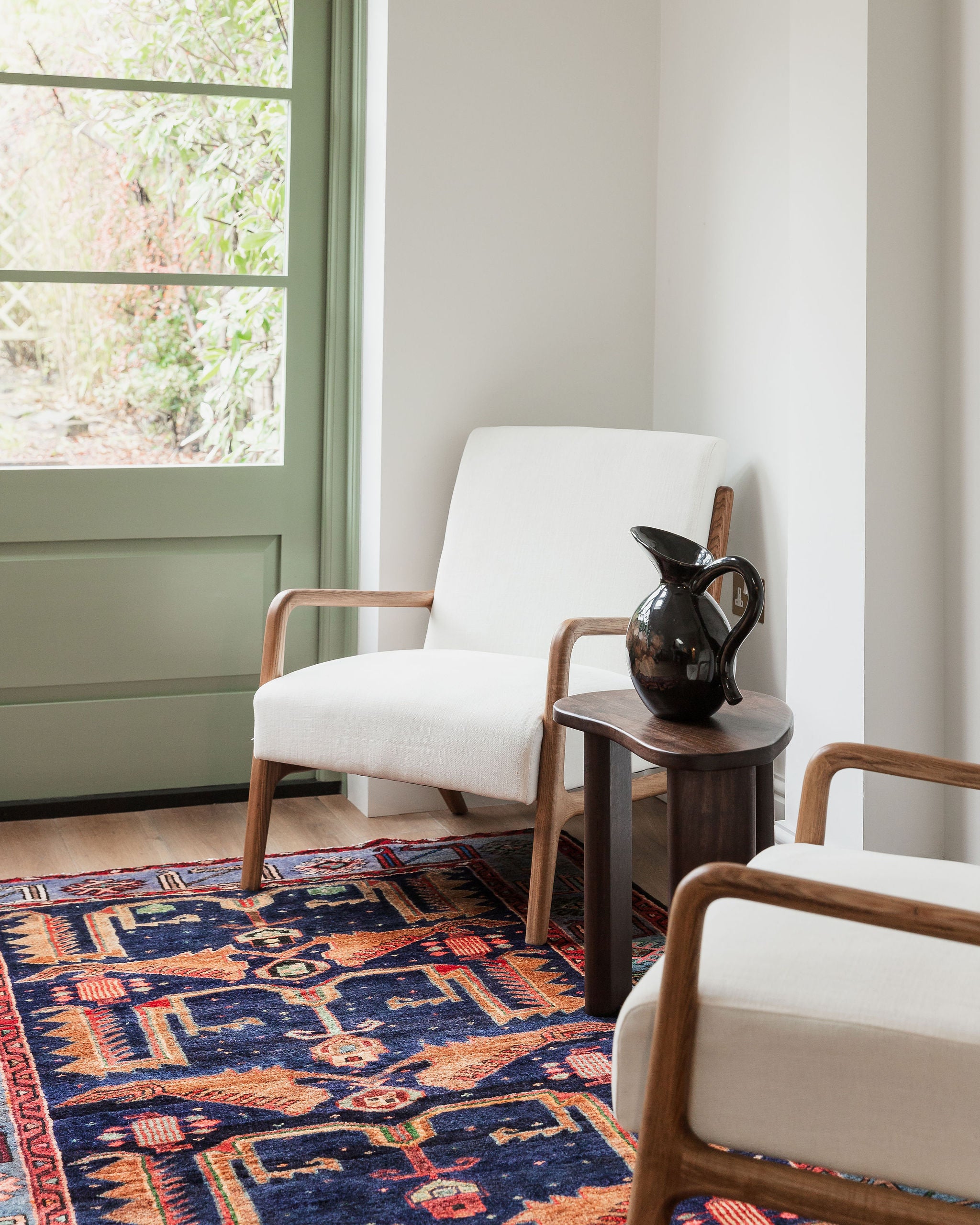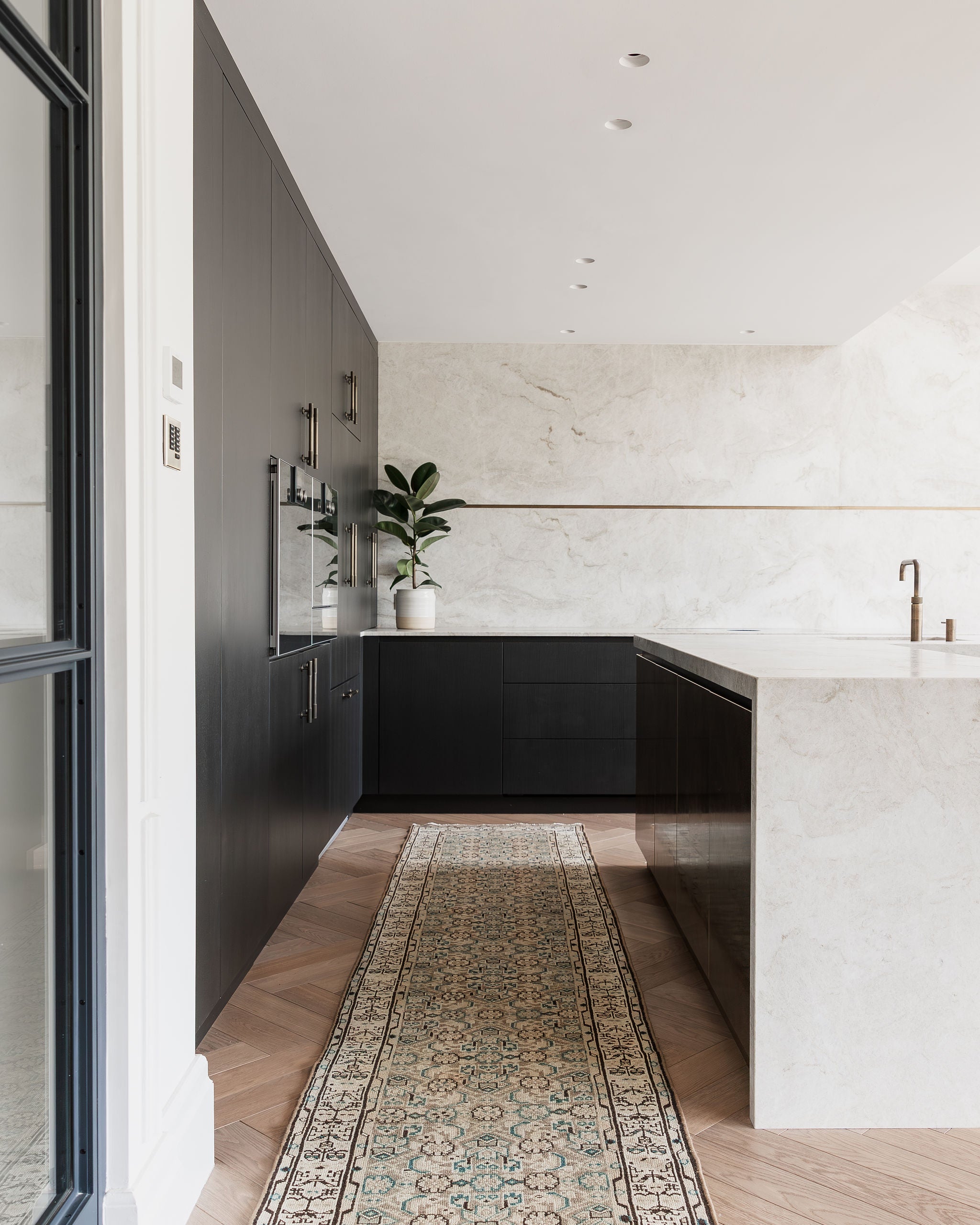Conserving Antique Persian Rugs: Preserving Art, Culture, and Heritage
Antique Persian rugs, woven with timeless beauty and cultural significance, are far more than floor coverings. Each rug embodies centuries of artistic tradition, skilled craftsmanship, and the rich cultural history of Persia. With their intricate designs and vivid colours, these rugs have captivated the world for generations. Conservation efforts for these textiles are essential to preserving their legacy, ensuring future generations can appreciate the stories woven into every thread. Let’s explore why conserving these antique treasures matters and the impact it has on art, culture, and the environment.
1. Preserving Cultural Heritage and Artistry
Antique Persian rugs are unique cultural artifacts that represent the history, beliefs, and lifestyles of Persian society. Each region of Persia developed distinct weaving techniques, motifs, and colour palettes, and these elements tell stories specific to those areas. From the geometric patterns of Kurdish rugs to the floral motifs of Isfahan, these designs offer a snapshot of Persian cultural diversity and history.
By conserving these rugs, we maintain a tangible link to the people, traditions, and artistic expression of the past. These artifacts give insight into Persian symbolism, ancient myths, and even the agricultural practices of the time, as many dyes were sourced from local plants. Losing these rugs to wear and decay would mean losing irreplaceable historical and cultural knowledge.
2. Showcasing Masterful Craftsmanship
The skill and labour involved in creating antique Persian rugs are impressive by any standard. Some rugs took years to complete, with every knot, pattern, and dye meticulously planned. Artisans used traditional, labour-intensive techniques, such as hand-spinning wool and dyeing fibres using natural pigments from plants, minerals, and insects. The complexity of the designs and the time it took to complete them demonstrate the artisans’ dedication and talent.
Conserving antique Persian rugs is a tribute to this craftsmanship, honouring the weavers and preserving these fine details. By maintaining these pieces, we ensure that these exceptional examples of textile artistry continue to inspire modern designers, artists, and craftspeople.

3. Environmental and Sustainable Value
In an era increasingly focused on sustainability, conserving antique Persian rugs also makes ecological sense. Unlike mass-produced carpets made with synthetic fibres and chemical dyes, antique Persian rugs are primarily crafted from natural materials such as wool, cotton, and silk. Many of their dyes are often derived from natural sources, making these rugs far more environmentally friendly.
Extending the life of these rugs through conservation and repair minimises waste and promotes sustainability. Rather than discarding these rugs and contributing to landfill waste, conservation promotes reuse and preservation, aligning with eco-conscious values that prioritise the longevity and appreciation of well-made items.

4. Investment Value
Antique Persian rugs are not only cultural and artistic treasures but also valuable investments. As unique pieces of art, their rarity and historical value often appreciate over time. Collectors, museums, and antique enthusiasts regard these rugs as long-term investments, knowing that a well-preserved piece can fetch a high price in the market.
By investing in conservation, owners maintain or even increase the value of these rugs. Restoration and preventive care can protect these rugs from damage, ensuring that their colours, patterns, and structure remain intact and appealing. Whether owned by private collectors or exhibited in museums, these rugs hold an enduring value that conservation can help preserve.
5. Educational and Research Opportunities
Antique Persian rugs offer valuable learning opportunities for historians, artists, and researchers. Each rug provides clues about the history, technology, and trade practices of the time and place in which it was made. By conserving these pieces, scholars can study and document the materials, weaving techniques, and symbolism of Persian culture in depth. Museums and academic institutions rely on these rugs for research and exhibitions that educate the public on world history and the importance of textile art.
Conservation keeps these rugs available for scholarly work, allowing researchers to uncover details about ancient Persia, and fostering cross-cultural appreciation and knowledge.
How Conservation is Done: Techniques and Best Practices
The process of conserving antique Persian rugs requires expertise in textile preservation. Conservation often includes cleaning, repairing damaged areas, reweaving, and stabilising dyes. Expert conservators may use invisible mending techniques to retain the rug's original look while protecting its integrity. Environmental controls, such as regulating humidity and protecting rugs from direct sunlight, also play a crucial role in preservation.

While professional conservation can be costly, it is an investment that pays dividends in preserving the rug’s beauty and historical value. Proper storage, cleaning, and careful handling can extend the life of these textiles and prevent further deterioration.
Conserving antique Persian rugs goes beyond aesthetics; it is an investment in preserving history, culture, and artistry. These rugs serve as historical records, embodying the skills and traditions of the people who created them. By caring for these irreplaceable pieces, we not only honor the artisans who dedicated years to crafting them but also ensure that future generations can appreciate and learn from these woven works of art.
Whether for personal enjoyment, cultural preservation, or as an eco-conscious practice, conserving antique Persian rugs is a meaningful act that transcends time. These rugs are woven not only with threads but with stories, memories, and a deep sense of heritage—a legacy well worth safeguarding.









